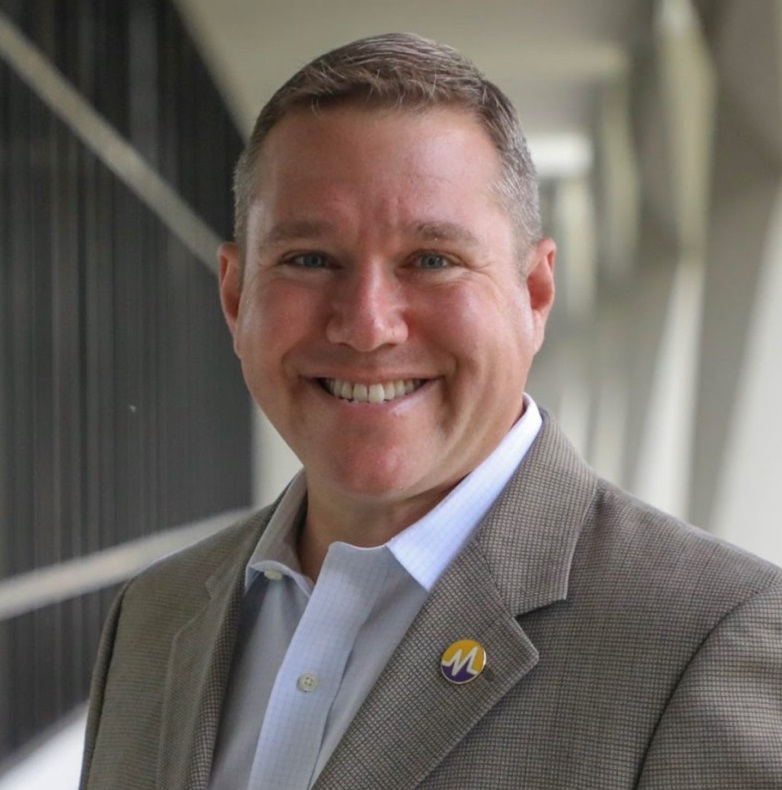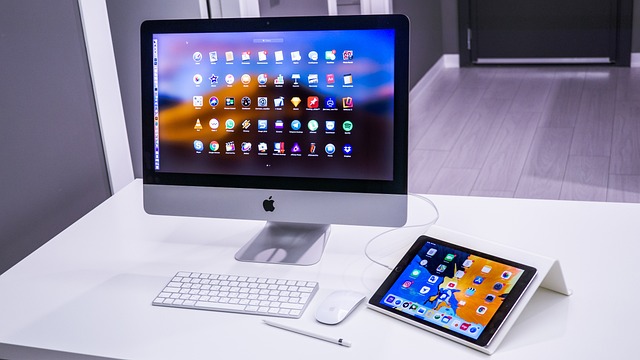Scaling to $500M in Revenue: ModMed CEO Daniel Cane (Part 2)
Sramana Mitra: Okay. So that’s one positioning differentiation. What about within the private practice market? Why do your customers pick you and what is special about it? What are the needs of a dermatology private practice or an OB-GYN practice or a plastic surgery practice? What’s special about each of these individual types of practices?
>>>Featured Videos
Scaling to $500M in Revenue: ModMed CEO Daniel Cane (Part 1)

I first spoke with Dan a decade back. Here is the story. This conversation offers insights on his scaling strategy with ModMed.
>>>Cloud Stocks: Amazon’s GenAI Grows Triple Digits

Amazon (NASDAQ: AMZN) recently announced its third-quarter results that beat market expectations driven by its growth in its cloud and advertising businesses.
>>>Video FAQs
Can 1M/1M Help Me Raise Money?
How Does 1M/1M Democratize Entrepreneurship Education?
How Does 1M/1M Democratize Management Consulting?
When Is The Right Time To Join 1M/1M?
Can 1M/1M Help Me With Business Development?
Can 1M/1M Help Me With Market Sizing?
Can 1M/1M Help Me Validate My Product?
Will I Have Private 1-on-1 Sessions In 1M/1M?
How Does 1M/1M Help Entrepreneurs Connect With Silicon Valley?
Mentoring or Consulting?
Why Does 1M/1M Charge $1000 a Year?
Why Does 1M/1M Partner With Local Organizations?
Why Don\’t Mentoring Networks Work?
Why Is It Important To Study With 1M/1M Now?
Dan Stewart Story
Vikrant Mathur Story
1Mby1M Virtual Accelerator AI Investor Forum: With Benjamin Narasin, Founder and General Partner at Tenacity Venture Capital (Part 7)
Sramana Mitra: So this is a question, Ben, time-wise. I know you’re passionate about food and the whole food-oriented lifestyle. What is your view about cooking?
>>>1Mby1M Virtual Accelerator AI Investor Forum: With Benjamin Narasin, Founder and General Partner at Tenacity Venture Capital (Part 6)
Sramana Mitra: One of the things that I’m excited about in what’s happening right now is the smaller businesses’ ability to afford technology. For that to be more and more interesting, there will need to be more and more interesting technology available at really low prices that are affordable for the small businesses. That opportunity is still very big.
>>>Will Apple’s AI Investments Drive Hardware Sales?

Apple (Nasdaq: AAPL) recently announced its fourth quarter results that continued to outpace market expectations. iPhone sales appear to have made a rebound. Apple is counting on its AI-initiatives to further drive sales of its hardware. But it is early days to see if that strategy will truly pay off.
>>>1Mby1M Virtual Accelerator AI Investor Forum: With Benjamin Narasin, Founder and General Partner at Tenacity Venture Capital (Part 5)
Sramana Mitra: That is absolutely correct in the examples that you’re giving. There is one thing I want to point out for the audience. Remember when software was being sold by large companies to large enterprises. Back then, this whole category of software companies came in and priced very low SaaS offerings and started selling to SME.
That was a very different business, and their customers are really the no-name customers. That was the strategy that they followed successfully. So that is a valid strategy.
>>>1Mby1M Virtual Accelerator AI Investor Forum: With Benjamin Narasin, Founder and General Partner at Tenacity Venture Capital (Part 4)
Sramana Mitra: So coming back to what you said about the data not being a long-term defensible mode, my follow-up question on that is, what is in your view and in the portfolio that you are developing in this field, what are you envisioning as a defensible mode?
Benjamin Narasin: So my thesis or hypothesis is that this will be very similar to the early days of the web.
>>>